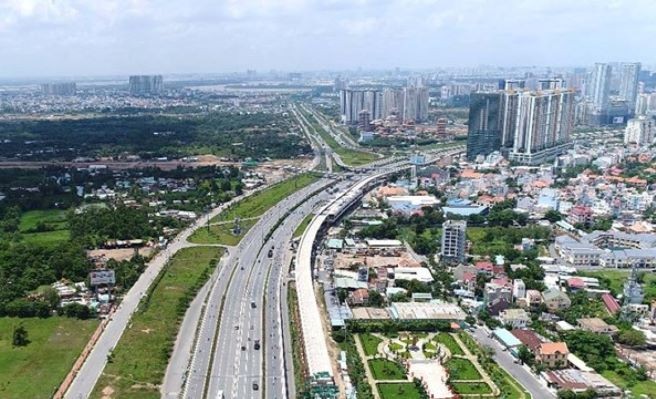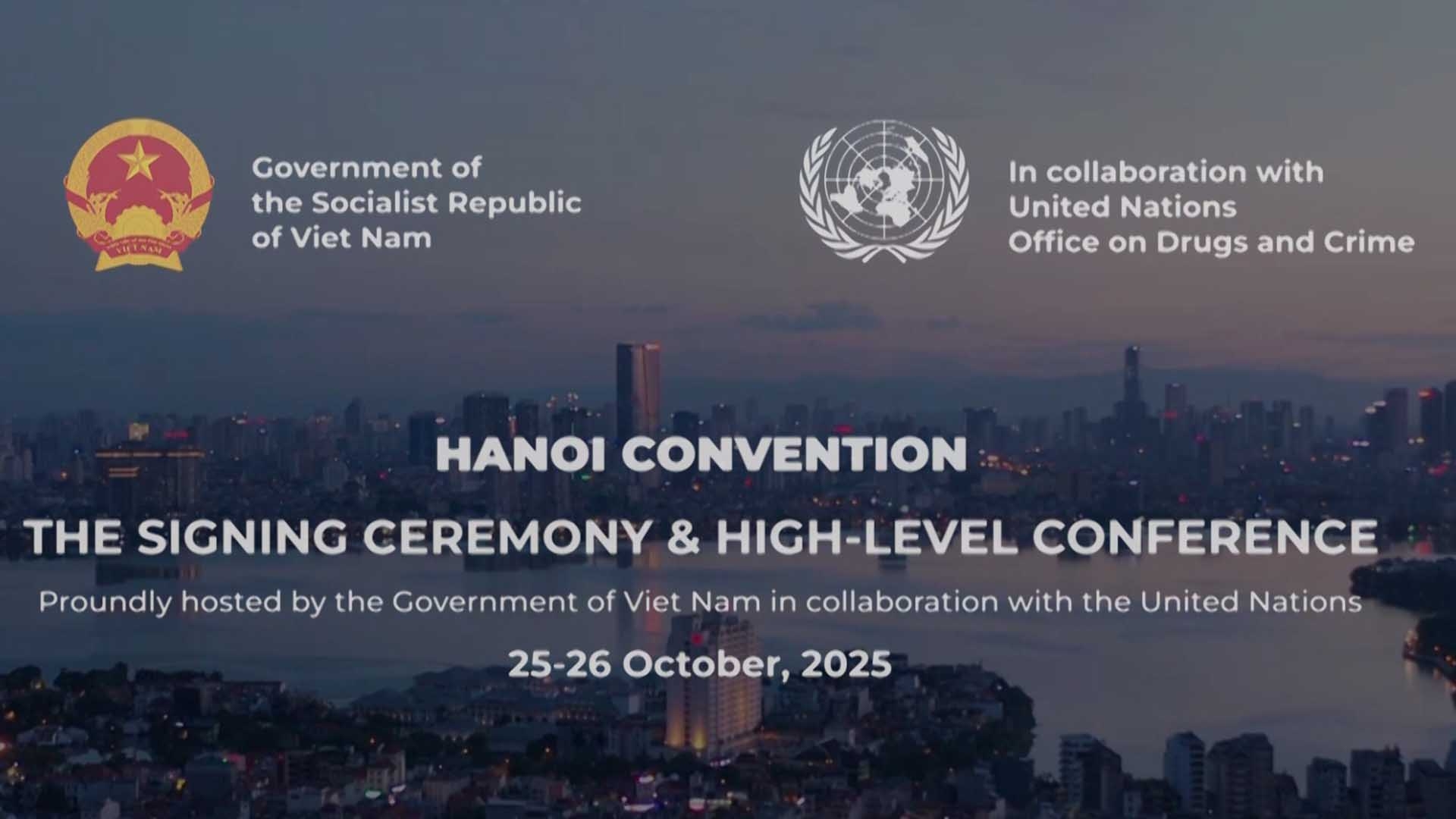
FDI in southern key economic region rises sharply despite COVID-19
Latest
 |
| FDI in the southern key economic region has risen sharply despite of COVID-19. (Source: VOV) |
Last year saw the southern province of Binh Duong rank fourth nationwide in terms of FDI attractions with 64 new projects capitalized at more than US$2 billion until November, trailing behind Ho Chi Minh City and Long An province.
The locality has so far lured 4,011 FDI projects with a total registered capital of US$37 billion from 65 countries and territories around the world.
Mai Ba Truoc, director of Binh Duong Department of Planning and Investment, said the province's industrial production index last year rose by 4.5% compared to 2020, while its exports and imports surged by 13.5% and 14.7%, reaching US$31.5 billion and US$24.6 billion, respectively.
Meanwhile, Ho Chi Minh City, which was hit hard by the prolonged COVID-19 outbreak, ranked third in FDI attraction with nearly US$3.74 billion in capital, making up nearly 12% of the country's total FDI. By the end of November 2021, Japanese investors alone had injected US$7.41 billion into 3,218 projects throughout the southern metropolis.
Elsewhere, the Mekong Delta province of Long An ranked second with over US$3.84 billion, accounting for 12.3% of the country’s overall FDI.
According to experts, the southern key economic region remains attractive to investors thanks to its young and abundant workforce which typically has lower wages than other regional peers, along with the large consumer market in Viet Nam.
Hua Quoc Hung, head of the Management Board of the Ho Chi Minh City Export Processing and Industrial Zones (Hepza), pointed out that over 96% of the 1,412 enterprises in the Hepza have resumed their operations, with over 80% of employees returning to work. These positive signs have led to a recent upsurge in FDI inflows into the southern city, he noted.
Cao Thi Phi Van, deputy director of the Ho Chi Minh City’s Investment and Trade Promotion Center (ITPC), largely attributed those FDI attraction achievements to the locality’s efforts to simplify cumbersome administrative procedures and apply digital technology to improve service quality for the FDI business community.
Currently, many countries in the world are reopening their economies after a COVID-19 hiatus, presenting plenty of opportunities for Vietnamese localities, including those in the southern key economic region, to lure investment from these countries.
To facilitate businesses’ sustainable development, Vo Van Minh, chairman of the Binh Duong Provincial People's Committee, affirmed the locality gives priority to mobilizing investment capital sources in various fields, especially in key transportation, with a specific focus on upgrading transport infrastructure and developing the smart city model.

























